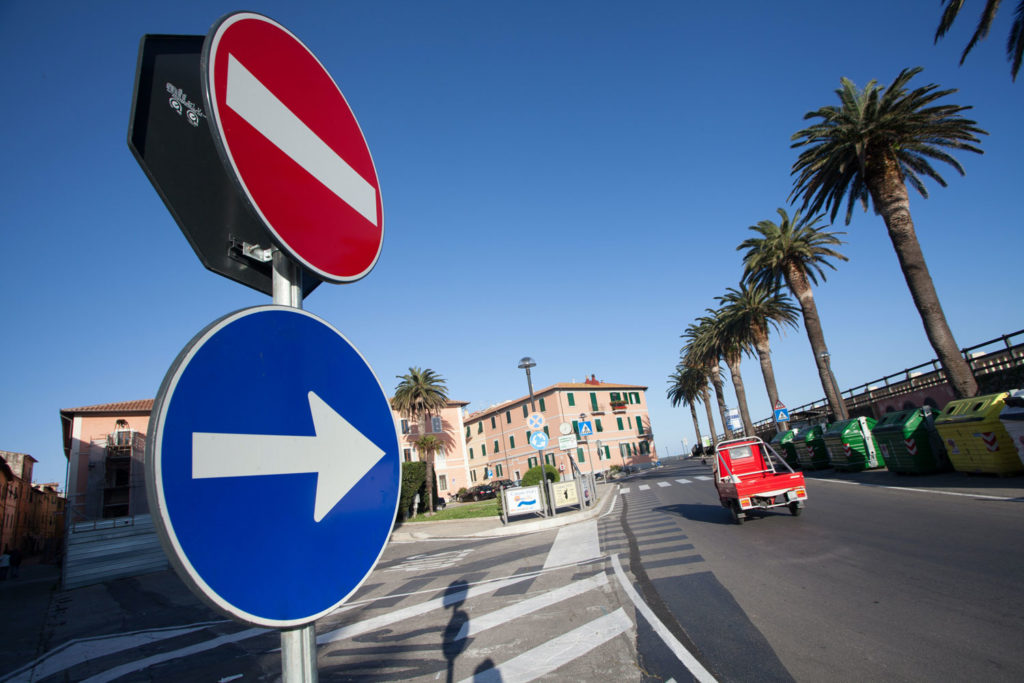
Definieren unterschiedlicher Kosten nach Fahrzwecken in statischen Modellen
Januar 2021: In unserer Technischen Mitteilung #53 haben wir Ihnen ein paar Tipps gegeben, wie Sie die Kosten statischer Verkehrsumlegungen nach Fahrzeugtypen anpassen können. Diesen Monat erklärt Marga Delgado in ihrem Profi-Tipp, wie Sie hierzu bei einer Differenzierung nach Fahrzwecken vorgehen.












